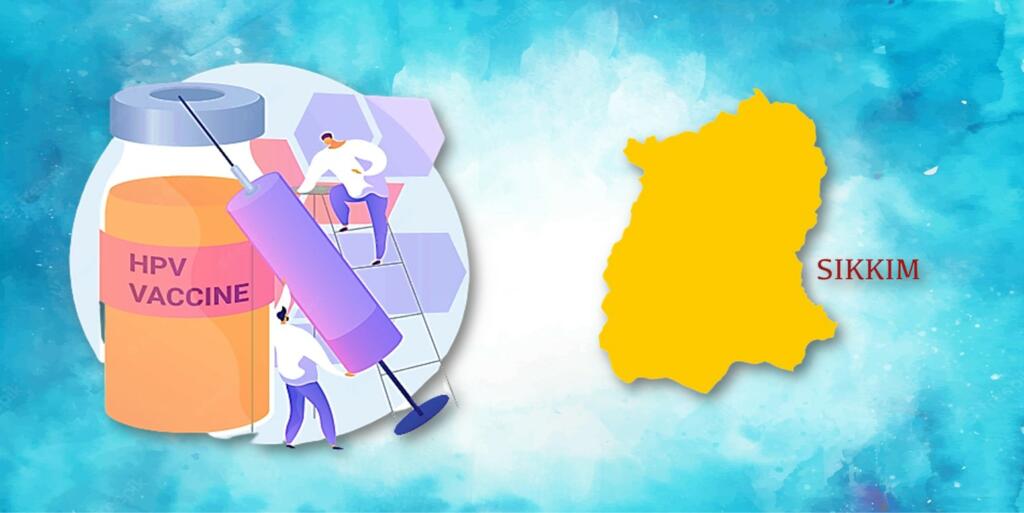Cancer is a devastating disease that has taken the lives of many. Its mere mention can be enough to cause despair. There are various types of cancer, but cervical cancer is one of the most dangerous, with only 6 out of 10 patients surviving treatment. The Indian state of Sikkim has made great strides in tackling the disease, showing other states what can be achieved with the right preparations.
Authorities fight their deficiencies
Cervical cancer is a life-threatening condition that involves the abnormal growth of cells in the lining of the cervix. Cervix is a vital part of the female reproductive system. Also known as uterine cancer, this is one of the most lethal diseases.
In Sikkim, a remarkable turnaround has occurred with regards to cervical cancer, as 97 percent of girls in the target age group of 9-13 have been immunised with free HPV vaccine, thus far proving successful in thwarting the deadly disease.
A recent Lancet study showed that India has the highest number of cervical cancer patients in Asia and is one of the top 5 countries in the world for this form of cancer. Additionally, it is the second most common type of cancer among women. The situation in Sikkim, however, is much improved due to the efforts of the state government, as Sutapa Biswas, co-founder of the Cancer Foundation of India, noted.
Also Read: The life hack that can cure Diabetes Type 2
The success of vaccination has been undeniable
The Central government was aware of the lack of compliance with cervical pap smear screenings and the lack of knowledge among patients coming for treatment, as well as the inadequate care system for cancer patients. Nevertheless, they took steps to rectify the situation by inspecting the data on the vaccine for the disease. Finding it to be safe and beneficial, and vaccinated 500 girls in India from 2009 to 2011.
Then in 2017, Sikkim Government purchased a US Food and Drug Administration-approved HPV vaccine called Essential Gardasil from UNICEF at subsidised price, as India did not have an indigenous vaccine at the time. Vaccinations were provided in both government and private schools. Health centres were made available for girls not attending school. The second dose was administered in April-May 2019, concluding the entire vaccination process.
Dr. Shoma Rai, a Gynaecologist in Gangtok, stated that despite scientific backing, there was no dialogue concerning the HPV vaccine or cervical cancer. This lack of awareness posed a problem that had to be addressed. A major concern of the parents was whether the vaccine would have an effect on their daughters’ reproductive health, so the government involved health workers in awareness campaigns to reassure them. These campaigns were successful in convincing the parents of the vaccine’s safety.
After the successful distribution of vaccines in Sikkim, the Punjab government too started distributing free vaccines. But they did not provide information to the citizens beforehand. Consequently, people hesitated to take the vaccine because they were afraid of infertility.
To do the same as the Sikkim government, it is essential to have a plan of action that all parties involved are committed to following. The Centre and States should work together to eliminate cervical cancer. Awareness must be increased and health facilities must be kept in good order, and HPV vaccination must be given on an urgent basis in order to eliminate this disease, as demonstrated by the success of Sikkim.
Support TFI:
Support us to strengthen the ‘Right’ ideology of cultural nationalism by purchasing the best quality garments from TFI-STORE.COM
